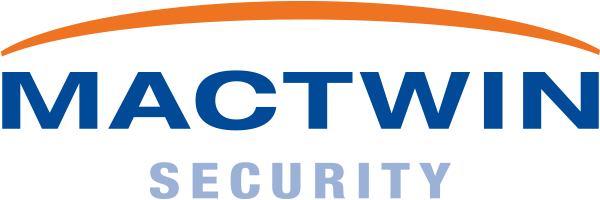What makes an access control system future-proof? These are the key characteristics.
Flexibility and scalability
Flexibility is one of the most important characteristics of a future-proof platform. Flexibility in access control refers to the ease with which adjustments can be made to changing needs and circumstances. This enables organizations to respond quickly to modified processes, regulations, and security risks. A flexible system is scalable and has the ability to implement functional changes rapidly, which saves costs and time.
User convenience
A user-friendly access control system increases productivity by enabling users to perform tasks quickly and efficiently. The intuitive interface reduces the number of (human) errors, leading to higher satisfaction and broader applicability of the solution.
Integration capabilities and open standards
The access control system can be integrated with existing systems such as camera and intrusion detection systems. Thanks to open standards, various systems and applications can communicate with each other seamlessly. An example of an open standard is the Open Supervised Device Protocol (OSDP), which enables secure and reliable communication between an access control system and a wide range of OSDP readers. In addition, mature APIs ensure that different software applications can work together seamlessly. These integration capabilities and open standards not only increase efficiency and flexibility, but also ensure the future-proofness of your security infrastructure by enabling easy adjustments and expansions as technologies and business needs continue to evolve.
Security and automation
Advanced security and encryption are important for protecting sensitive data against unauthorized access and cyberattacks. Automation can take over routine and repetitive tasks, which reduces the chance of human errors and increases efficiency.
Centralized management and insight
Centralized management provides a clear management environment and data insights to identify trends and opportunities for improvement, helping to prevent problems. This contributes to a more efficient system, improving response times, optimizing resources, and streamlining procedures. This reduces errors, lowers the workload, and improves monitoringd.
